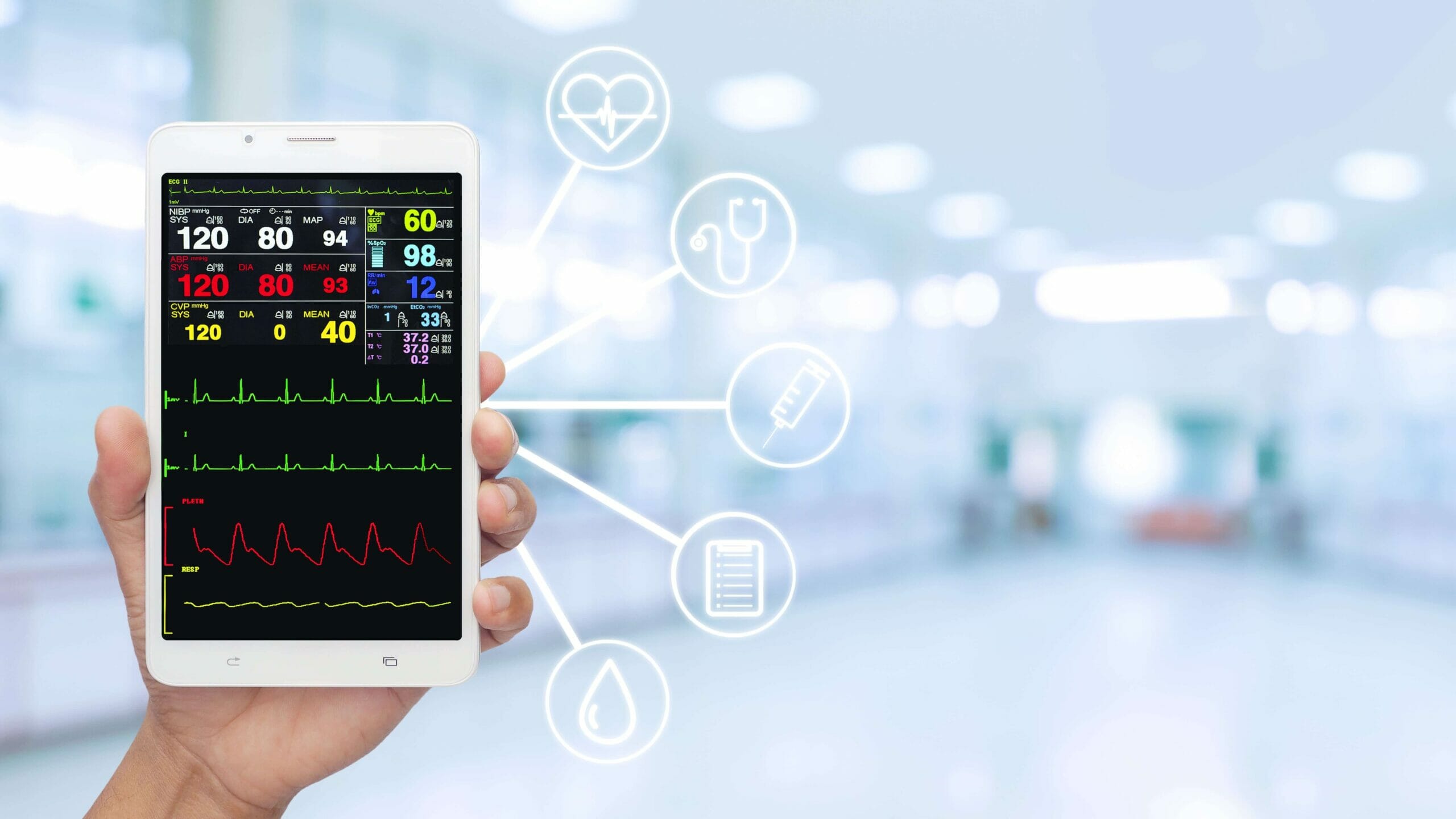Remote patient monitoring (RPM) is a healthcare delivery model that allows healthcare professionals to monitor patients' vital signs and health metrics from anywhere. It has become increasingly popular in recent years because of its many benefits, including increased patient access to care, improved health outcomes, and cost savings.
This technology can include medical devices, mobile apps, and telehealth platforms, among others. By providing remote monitoring and timely intervention, RPM can improve patient outcomes and reduce healthcare costs. RPM is used for a variety of purposes, such as chronic disease management, post-acute care, aging in place, and behavioral and mental health.
The Benefits Of RPM
RPM is a versatile tool that can be used to monitor a wide range of health conditions and support patients in various settings. Some of the key benefits of RPM are as follows:
1. Increased Patient Access to Care:
RPM has revolutionized the way patients receive healthcare services. With RPM, patients can receive care from the comfort of their own homes, regardless of their location. This is particularly important for patients who live in rural areas or have mobility issues. RPM allows these people to receive the healthcare they need without having to travel long distances or leave their homes.
2. Improved Health Outcomes:
One of the major benefits of RPM is its ability to improve health outcomes for patients. By monitoring patients' vital signs and health metrics on a regular basis, healthcare professionals can identify potential health issues before they become serious. This allows for early intervention and treatment, which can help prevent complications and improve health outcomes.
For example, patients with chronic conditions like diabetes or heart disease can benefit greatly from RPM. By monitoring their blood sugar levels or blood pressure, doctors can identify any fluctuations or abnormalities and adjust treatment plans accordingly. This can help prevent the likes of heart attacks or strokes and improve overall health outcomes for these patients.
3. Cost Savings:
By allowing patients to receive care from home, RPM can reduce costs associated with hospital stays, emergency room visits, and transportation. Additionally, early intervention and treatment can help prevent costly complications and hospitalizations. Remote patient monitoring can also help reduce healthcare costs by improving medication adherence. Patients who are on multiple medications may struggle to keep track of their medication schedules, which can lead to missing doses and ineffective treatment.
4. Improved Patient Satisfaction:
Remote patient monitoring improves patient satisfaction by providing patients with greater control over their healthcare. By allowing patients to receive care from home and giving them access to real-time health data, they feel more involved in their own care. This can lead to increased patient satisfaction and a better overall healthcare experience for everyone.
5. Increased Efficiency for Healthcare Providers:
RPM can also increase efficiency for healthcare providers by allowing them to monitor multiple patients at once. This can help reduce the workload for healthcare professionals and allow them to focus on patients who need the most attention.
6. Improved Care Coordination:
Finally, RPM can improve care coordination among healthcare professionals. By allowing multiple healthcare providers to access a patient's health data, RPM can help ensure that patients receive coordinated and effective care from all those involved in treatment. This can help prevent medical errors and improve health outcomes for patients.
Our RPM Devices
As a pioneer in the design and manufacturing of RPM tech, we provide the following devices:
- the iBloodPressure®, which measures blood pressure for heart disease and stroke patients
- the iGlucose®, which provides blood glucose readings for type 1 and type 2 diabetes management
- the iScale®, a patient-first weight measuring device, helpful in the management of heart disease, high blood pressure, type 2 diabetes, chronic kidney disease, and obesity.
- the iPulseOx, which measures oxygen saturation in the bloodstream
All of our devices use proprietary cellular software connected to an AT&T 4G/5G network.
Why Choose Smart Meter?
Our solutions offer an unparalleled level of reliability and innovation in the field of remote patient monitoring. As the leading supplier of RPM solutions, Smart Meter has a vast network of SmartPartners™ across the country who are transforming patient care. Their platform provides millions of vital health data readings that are reliably delivered in real-time, enabling healthcare providers to make better-informed decisions about patient care. What sets Smart Meter apart is their proprietary, patient-friendly, cellular, FDA-registered monitoring devices that are connected to an exclusive AT&T 4/5G network, ensuring an engaging patient experience and improved adherence. With Smart Meter's solutions, RPM providers can provide their patients with the highest level of care, leading to better health outcomes and improved quality of life.
Contact us to learn more about our RPM devices and solutions.




